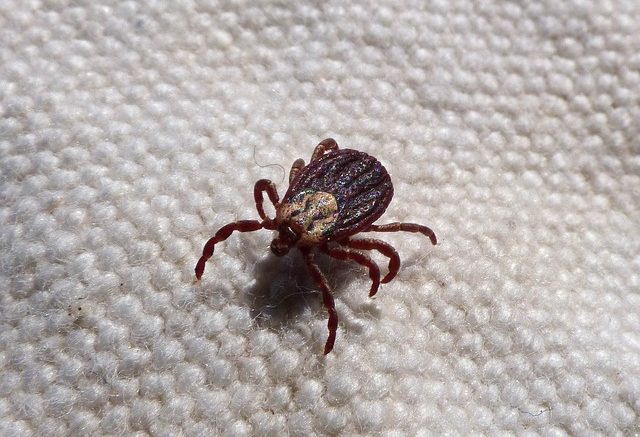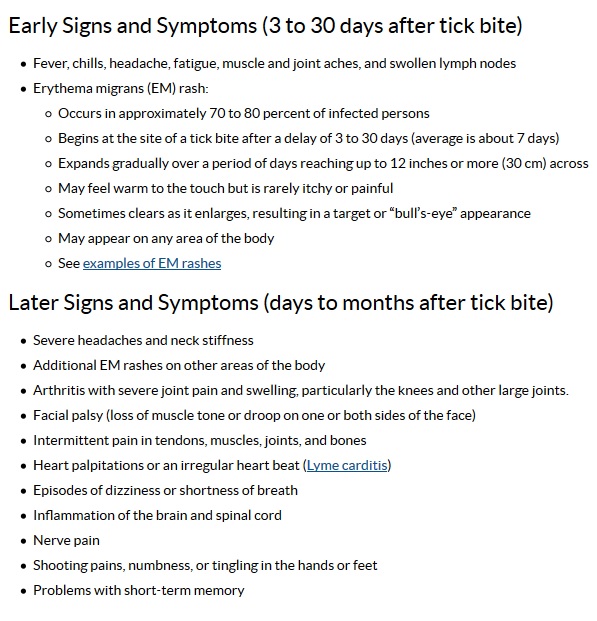Lyme Disease is spreading wildly across eastern America, with Pennsylvania leading the nation for the most reported cases.
Last years numbers were a skyrocketing 12,000+ cases – almost half of the entire reported yearly cases in the USA and three times the amount of the runner up state, New York.
Roughly 30,000 Lyme-positive cases were reported in 2016 nationwide, however the CDC warns that those number could be almost ten times the amount but haven’t been reported.
This information was pulled directly from the CDC website:
 The tick population is spiking thanks to the warmer winters and earlier springs we’ve been experiencing, and because of this, the number of Lyme Disease cases for 2017, particularly in Pennsylvania, are not expected to improve.
The tick population is spiking thanks to the warmer winters and earlier springs we’ve been experiencing, and because of this, the number of Lyme Disease cases for 2017, particularly in Pennsylvania, are not expected to improve.
According to an article posted on TribLive.com, a local entomologist estimated 50% of ticks in the ‘nymph’ stage in the eastern parts of the country are infected with Lyme Disease.
Screenshot from the article below:
Although Lyme can be treated with a strong dose of antibiotics, it is crucial to recognize the disease early in the infection for a full recovery.
One of the first and most associated signs of Lyme is the bulls-eye rash. Unfortunately, studies show that a minority of those infected with Lyme may not exhibit the telltale sign, and since symptoms of late-stage Lyme Disease can mimic many other disorders including musculoskeletal disorders, psychiatric disorders, and most concerning, immune, cardiac, and neurological disorders – an infection without the immediate telltale symptoms may lead to misdiagnosis and a complicated, potentially unsuccessful treatment.
“Untreated Lyme disease can produce a wide range of symptoms, depending on the stage of infection. These include fever, rash, facial paralysis, and arthritis,” the CDC’s website states.
After the discontinuation of the Lyme Disease Vaccine in 2002, the best way to prevent contracting the bacterial disease is to reduce the risk of yourself and your pets coming in contact with the 8-legged carriers.
More information about Lyme Disease can be found on the CDC’s website.









Be the first to comment on "2017: Predictably Bad Year for Lyme Disease"